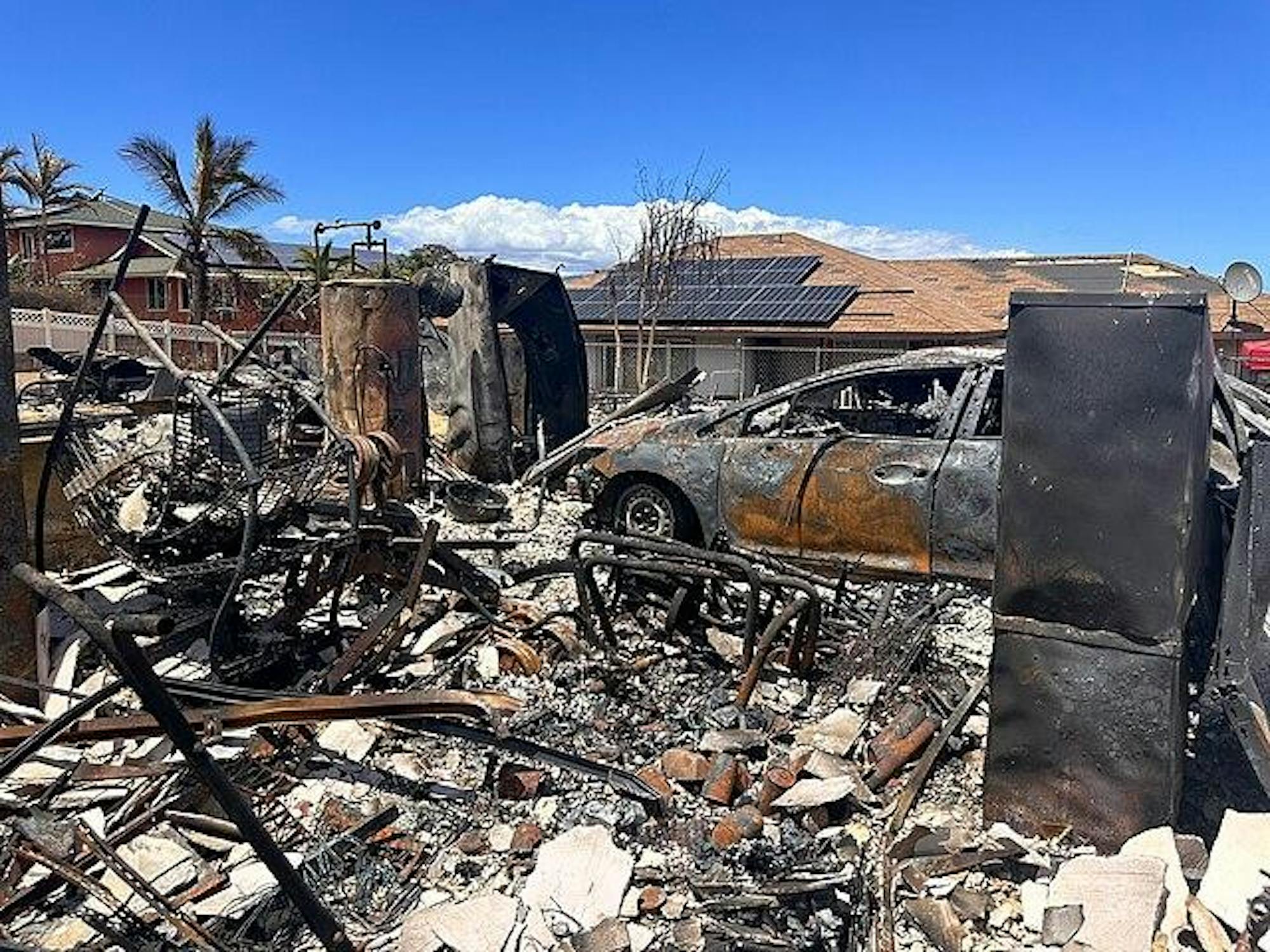For Hawaii, minor earthquakes — a 3.0-3.9 magnitude range — are considered typical, with locals habitually holding onto their free-standing lamps and chairs until the shaking concludes. Yet, on Sept. 8th, Morocco was struck with a magnitude 6.8 earthquake which killed over 2,900 people. Just a month prior to these earthquakes, Maui was engulfed in wildfire flames. Moreover, about a month ago, wildfires spread through swathes of North America, floods collapsed Libya’s dams and flash flooding exacerbated China’s monsoon season.
As the number of global disasters continues to mount with growing ferocity, I have been unable to ignore the notifications of crises that light up my phone nor tune out broadcasts of the latest catastrophe playing on common room TVs. The rise in natural disasters in recent decades alone has prompted me to question how ‘natural’ these tirades of global destruction are in the midst of anthropogenic climate change.
Looking at what is now the deadliest American wildfire in over a century, Maui’s wildfires that spread from the city of Lahaina this past August reportedly killed at least 97 people, left 31 missing and resulted in $5.5 billion worth of damage to repair. Statistics make it clear that while the Environmental Protection Agency classifies wildfires as natural disasters, human interference and global warming are integral factors at play. For one, according to the U.S. Drought Monitor, Maui saw a staggering increase in drought severity in just three weeks from May to June 2023. Drought is often caused by warmer temperatures and extended periods without rainfall — all of which are propagated by global warming caused by fossil fuel emissions. Yet, Maui’s long-standing drought is just one warning sign left unmitigated before the spread of wildfires. High wind conditions — onset by Hurricane Dora’s migration through the Pacific Ocean hundreds of miles south of the Hawaiian islands — acted as the Maui wildfires’ super spreader as winds prevailed through the island’s dry conditions.
On top of the ‘natural’ spreaders of drought and hurricane winds, Maui’s historic town of Lahaina is surrounded by non-native grasses that pose an additional fire hazard. These grasses have adapted and regrown from bushfires, making them a dry, easy target to catch fire and spread across fields. On Aug. 8, when a power line had fallen down onto the fields of invasive grasses in Lahaina — alongside a state-wide warning siren that failed to go off — it became clear that the spread of the wildfires was more than a natural phenomenon, and included man-made, direct interference.
While an investigation is still underway to determine the cause of the fire, there are evidently two key factors at play: ‘natural’ forces of winds, and an electric accident on a dry landscape. With no single clear source of blame and another global disaster every day, the 24-hour news cycle distracts our society from making direct, impactful change. As a result, Maui’s devastated land, economy and culture may be forgotten just as easily as our current climate emergency.
In the month since the start of the fires, Maui has lost 2,170 acres of land, and with Lahaina fully incinerated, miles of forest and biodiversity are gone and historic landmarks have been obliterated. Carmen “Hulu” Lindsey, chairwoman of the Office of Hawaiian Affairs, commented on Lahaina’s destruction and cultural significance, stating that, “Lahaina holds some of the most historically significant cultural properties and highest-ranking sacred remains of our ancestors.” Environmentally, Maui’s wildfires have a long-term impact on global climate change that goes well beyond state-wide cleanup. The toxic waste and debris produced from the blaze can be hazardous, environmentally degrading and expensive to repair from a remote island. To an economic point, the consequences are just as drastic, with expenses for reconstruction and losses in the tourism sector — which constitute 51% of jobs in Maui — standing as major setbacks to recovery.
Such tragedies will inevitably repeat with a worsening climate crisis. Blaming this disaster on ‘natural’ causes or electric accidents not only ensures another tragedy, but perpetuates the dangerous myth that climate change is natural and inevitable. If we support Maui relief funds, including Maui Strong, Maui Food Bank and Council for Native Hawaiian Advancement, and fight locally to reduce fossil fuel emissions and our carbon footprints, we have a chance to assuage these ‘man-made’ disasters.






